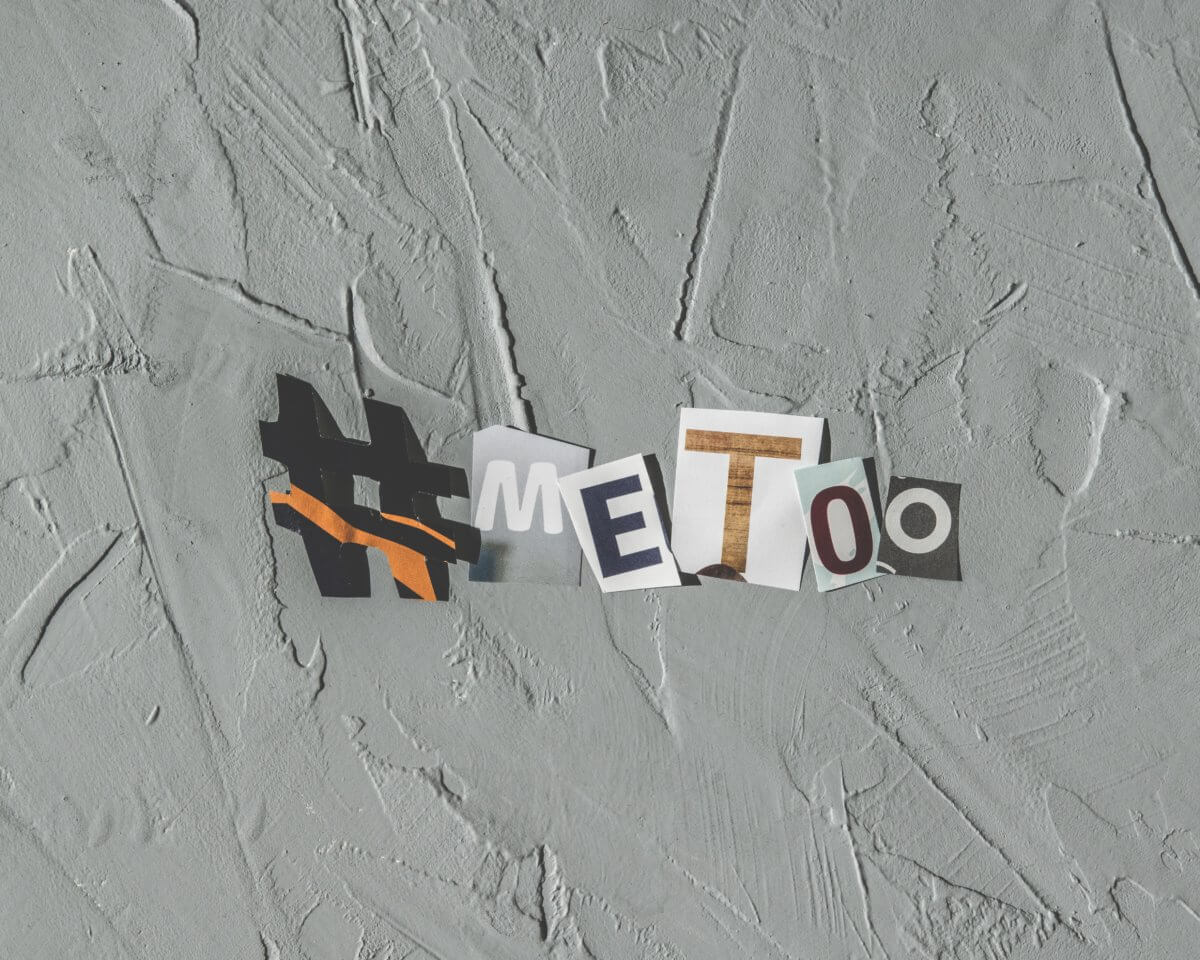I like to define the feminism that I practice as the fight to dismantle interconnected systems of oppression. The patriarchy, white supremacy, capitalism, cisheteronormativity, the list goes on. My feminism is decidedly intersectional. Potentially this makes it most closely related to third-wave feminism, which is often hailed for its consideration of women of colour, LGBT+ women, disabled women and working-class women. With this in mind, can it be said that the previous waves of feminism lack the inclusivity that the third-wave prides itself on? Or have we been too quick to judge the feminism of past decades due to the potentially stereotypical light in which they are painted?
The Suffragettes
The first wave of feminism served primarily to campaign for women’s right to vote. It also sought to achieve equal economic, educational, trade and property rights. By the late 1800s to the early 1900s, women were beginning to realise their status as second-class citizens. Rightfully many felt that this should be changed. In the United States, first-wave feminism began off the heels of the 17th Amendment, which granted African-American men (although not women) the right to vote. Despite this, the tireless campaigning of first-wave feminists held a fundamentally racist undercurrent. Women of colour tended to be excluded from the fight for equal rights, often on the perceived basis that they were less ‘educated’ than white women. But if it were not for the women of colour such as Sojourner Truth who participated in first-wave feminism, the suffragette movement may not have achieved the success that it did. So, while this incarnation of feminism benefited from the efforts of women of colour, such efforts have not received the same recognition as those of white women.
Reproductive Rights and Sexual Liberation
Many ideas central to second-wave feminism of the mid to late 20th century are still pervasive today. The rights to birth control, abortion, freedom from sexual assault and domestic violence are issues which have been integral to feminism since the 1960s. During this time, many women felt that they were being denied the sexual liberation that they should be granted. Second-wave feminists criticised the notion that women belonged solely in the domestic sphere. And the fact that they were so closely associated with their husbands (in cases of heterosexual relationships). This new blossoming of feminism came alongside the civil rights movement and for many, the two went hand-in-hand. But women of colour nonetheless believed themselves to be alienated from the movement. White feminists placed importance on isolated problems like infant mortality and forced sterilization in the communities of women of colour and disabled women. But, the overall struggles of these groups and others, they ignored. This created somewhat of a division between these two groups of women and ultimately led to the establishment of the womanist movement, a space where women of colour could freely talk about equality. Moreover, during second-wave feminism, ‘lesbian’ was a term which anti-feminists frequently used to degrade feminists. The very fact that a descriptor for women who experience sexual attraction to other women was turned into an insult is something which is likely to have been hurtful and alienating to queer women.
Intersectionality
With third-wave feminism came the increasingly common usage of the term ‘intersectionality.’ Originally coined by Kimberlé Crenshaw in 1989, this term refers to activism which crosses axes of oppression and views all systems of power as interconnected. Crenshaw intended for intersectionality to act as a crossroads between sexism and racism. Nowadays, the term has been reinterpreted to include the struggles faced by queer, disabled and working-class women. Intersectionality is not the sole focus of third-wave feminism. In fact, ideas from first and second-wave feminism such as economic equality and pro-choice attitudes on abortion have largely shaped the movement since the early 1990s. And sometimes, third-wave feminists do not achieve intersectionality. Still, when talking about issues mostly relating to women, it is easy to forget that other oppressed groups may have similar experiences. It is clear that third-wave feminism has been the most successful thus far at weaving intersectionality into the conversation of gender equality.
What About the Fourth Wave?
Since the beginning of the #metoo and #timesup movements, there has been much debate as to whether these progressions within feminism should be viewed as another wave altogether. Sexual harassment and assault have always played a significant role in feminism throughout the years. However, the recent myriad allegations against powerful men in Hollywood have only affirmed the need for further discussion on this all-inhabiting problem. This ‘fourth wave,’ if we can call it that, has provided opportunities for the inclusion of other axes of oppression. The founder of the #metoo movement was Tarana Burke, an African-American woman who has also contributed greatly to the civil rights movement in the United States. In this way, this movement is connected strongly with anti-racism and seeks to include women of colour in the conversation. Unfortunately, the group that has continuously been left out is transgender people. Transgender women and men both experience sexual assault disproportionately to cisgender people yet somehow, their voices have gone unheard.
Is complete intersectionality truly possible? Arguably, no. The most recent incarnations of feminism have attempted to include the voices of women who may previously have been silenced. But, it is nonetheless difficult to overcome implicit biases and consider the experiences of being a woman that are not your own. All feminists can do now is at least try to ensure that our activism helps all causes of social justice, rather than hindering them.
We acknowledge the Ngunnawal and Ngambri people, who are the Traditional Custodians of the land on which Woroni, Woroni Radio and Woroni TV are created, edited, published, printed and distributed. We pay our respects to Elders past and present. We acknowledge that the name Woroni was taken from the Wadi Wadi Nation without permission, and we are striving to do better for future reconciliation.
